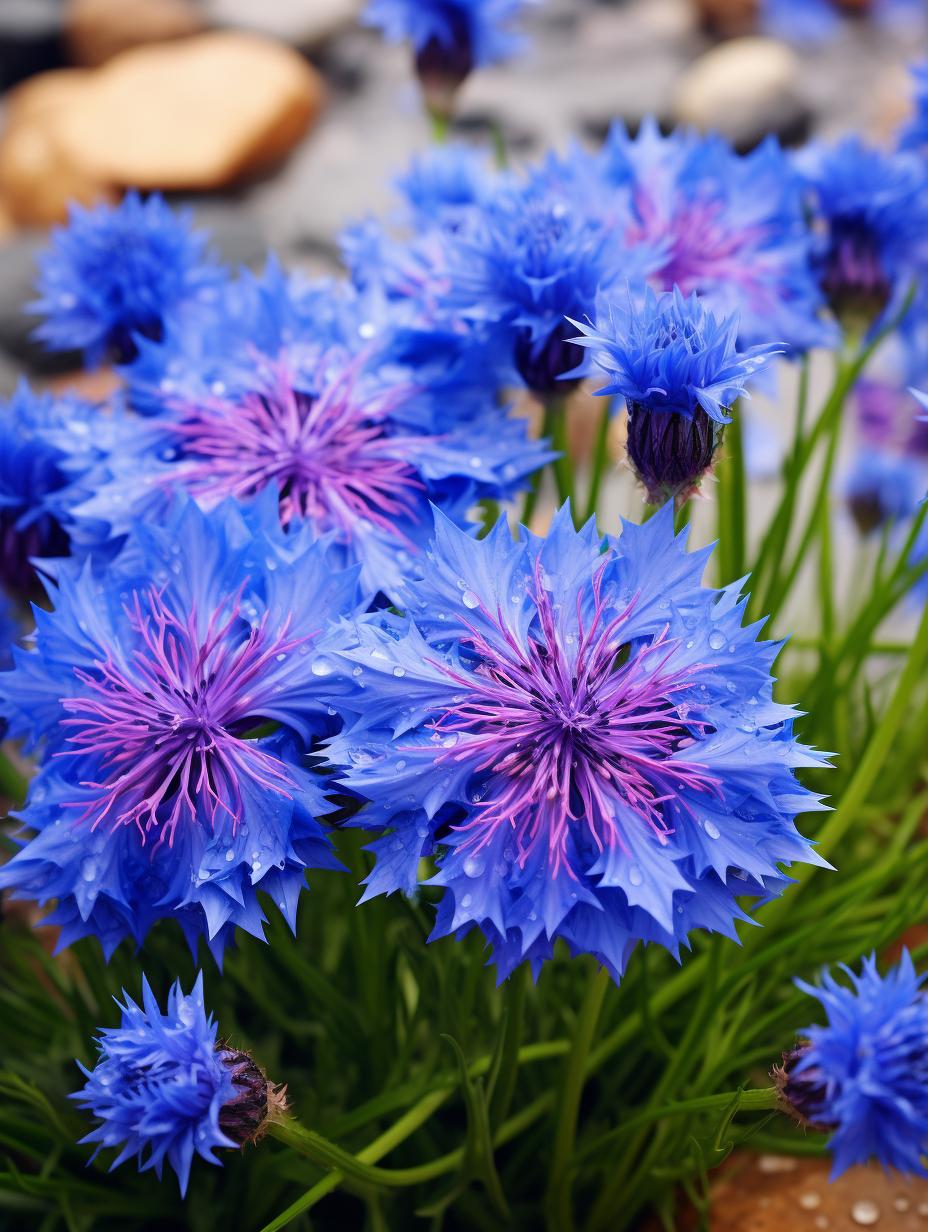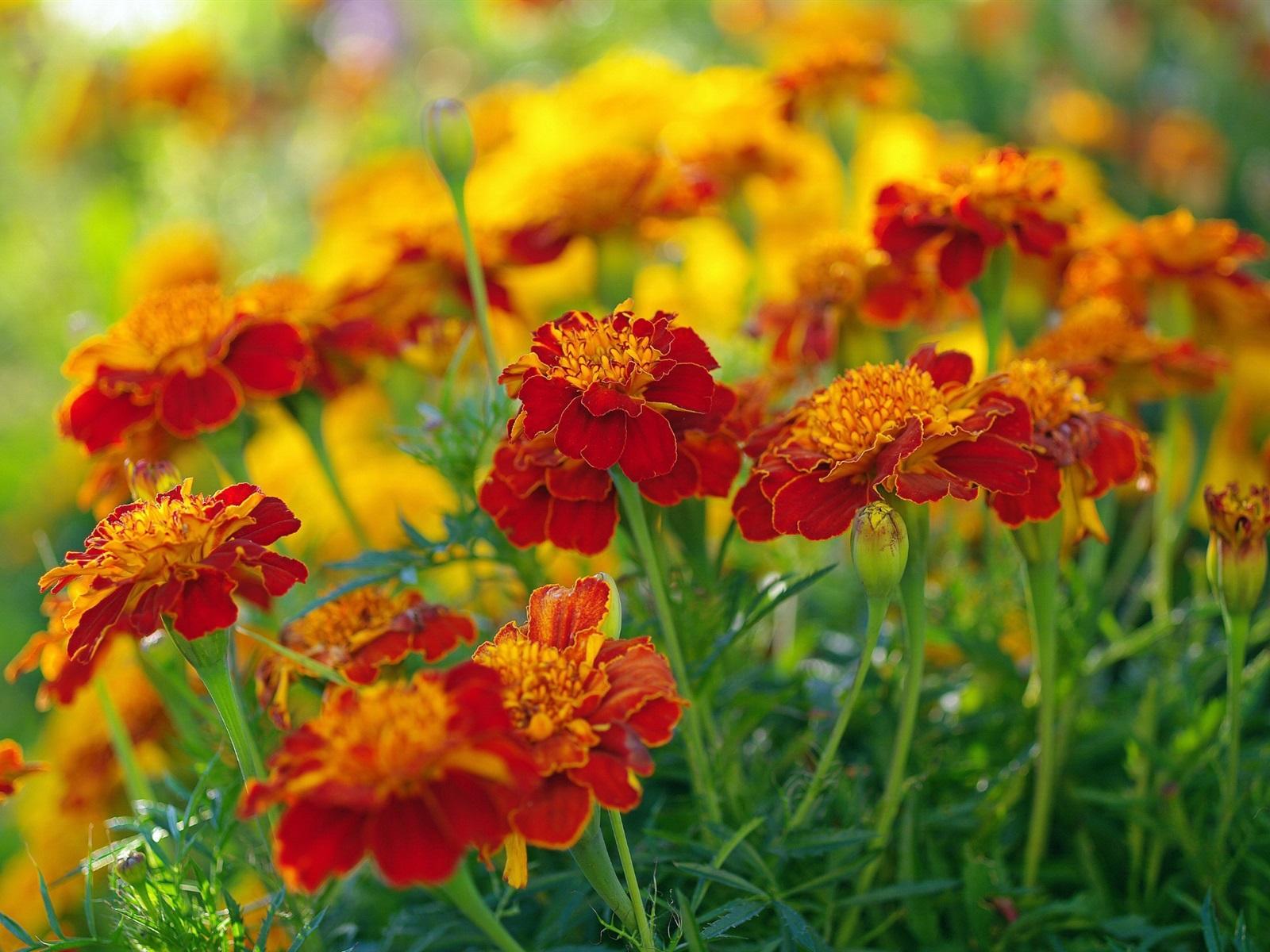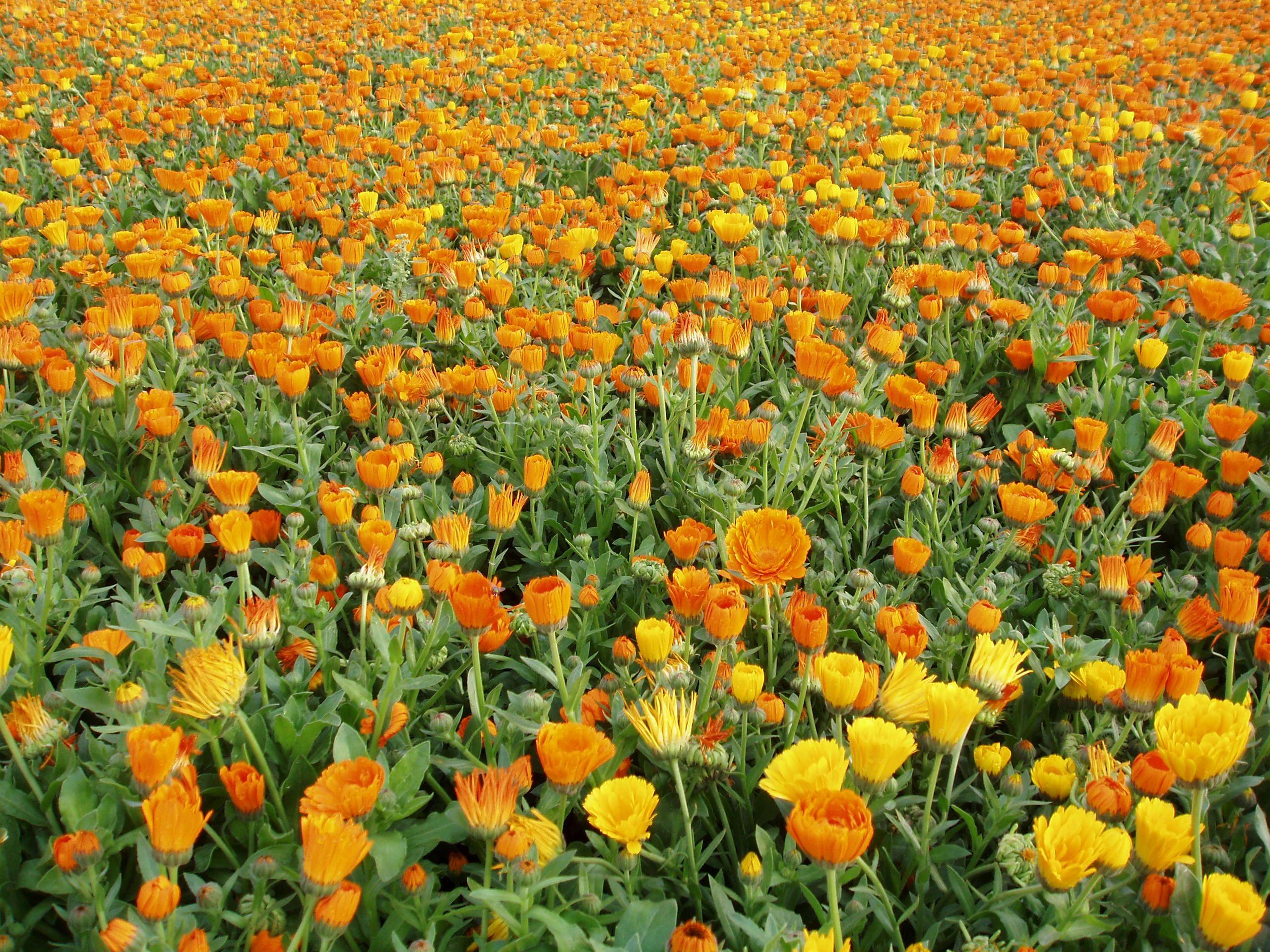The Combretaceae family, also known as the white mangrove family, has an interesting story to tell. One species in this family, the Avicennia, is commonly found in mangrove habitats and has unique adaptations to survive in saline environments. Avicennia’s leaves are covered in salt excreting glands, allowing it to thrive where other plants cannot. Additionally, Avicennia’s seeds germinate while still attached to the mother tree, then fall into the water and float until they eventually root in the sediment. This remarkable adaptation ensures the next generation of Avicennia can establish itself in suitable habitats. The Combretaceae family is a testament to the incredible adaptability of plants and their ability to survive in a range of environments.
Picture
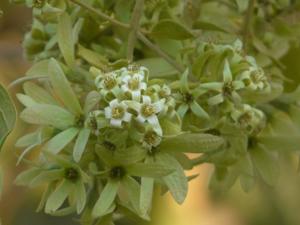
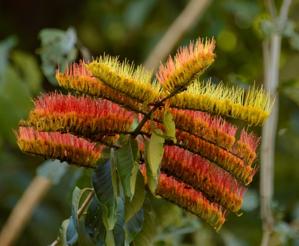
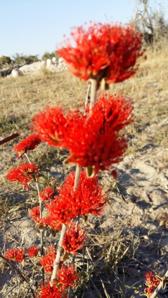
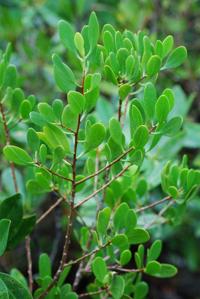
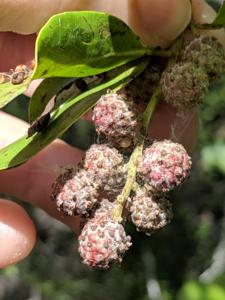
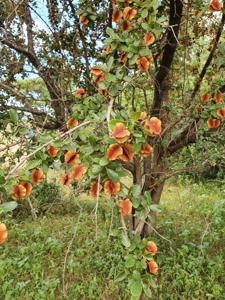
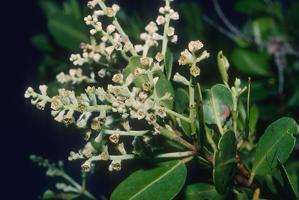
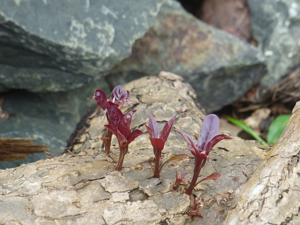
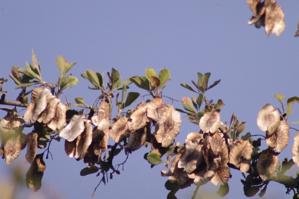
Plant some seeds now!
Short Description
The Combretaceae, often called the white mangrove family, are a family of flowering plants in the order Myrtales. The family includes about 530 species of trees, shrubs, and lianas in ca 10 genera. The family includes the leadwood tree, Combretum imberbe. Three genera, Conocarpus, Laguncularia, and Lumnitzera, grow in mangrove habitats (mangals). The Combretaceae are widespread in the subtropics and tropics. Some members of this family produce useful construction timber, such as idigbo from Terminalia ivorensis. The commonly cultivated Quisqualis indica (as well as the entire former genus Quisqualis) is now placed in the genus Combretum. Many plants in the former Quisqualis genus contain the excitotoxin quisqualic acid, a potent AMPA agonist.

